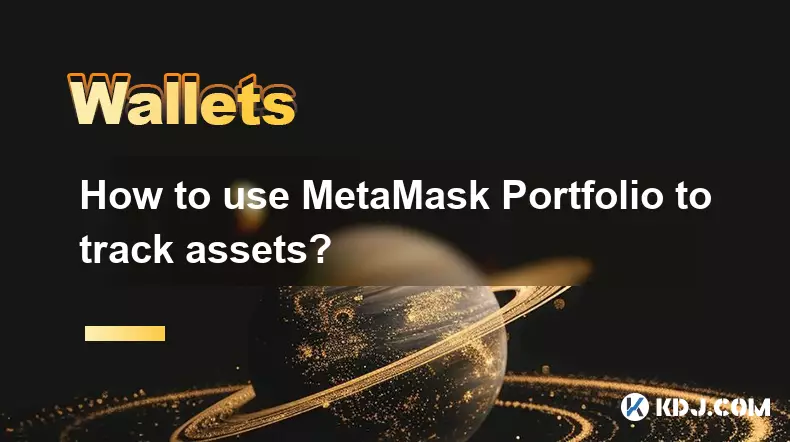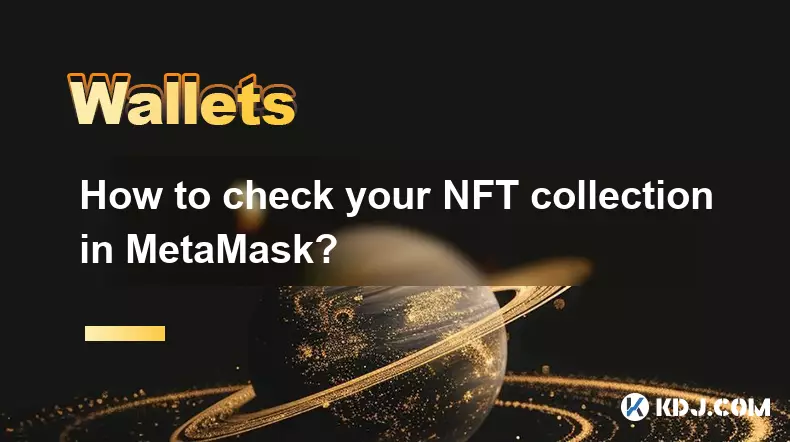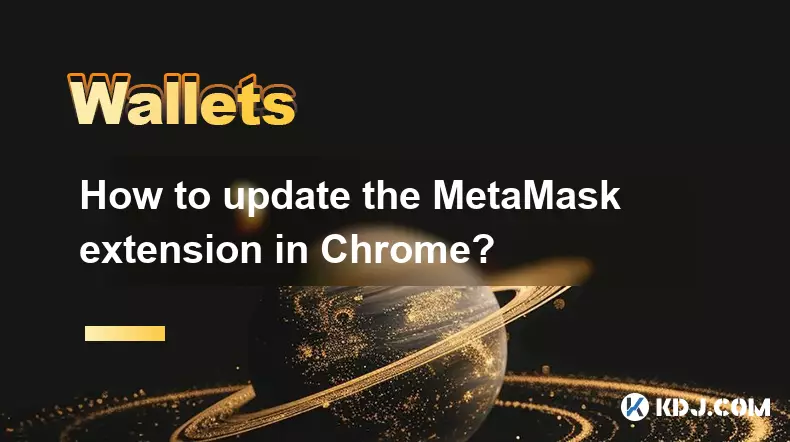-
 bitcoin
bitcoin $102877.190955 USD
1.88% -
 ethereum
ethereum $3430.435064 USD
4.52% -
 tether
tether $0.999264 USD
-0.05% -
 xrp
xrp $2.307310 USD
4.49% -
 bnb
bnb $987.740692 USD
3.82% -
 solana
solana $161.947760 USD
3.97% -
 usd-coin
usd-coin $0.999712 USD
-0.05% -
 tron
tron $0.292810 USD
2.93% -
 dogecoin
dogecoin $0.179738 USD
10.70% -
 cardano
cardano $0.580716 USD
8.75% -
 hyperliquid
hyperliquid $42.463448 USD
8.40% -
 chainlink
chainlink $15.763437 USD
7.05% -
 zcash
zcash $649.595636 USD
17.21% -
 bitcoin-cash
bitcoin-cash $511.610261 USD
7.19% -
 stellar
stellar $0.292537 USD
7.91%
The ultimate guide to crypto wallets: hot wallets vs. cold wallets.
A crypto wallet stores private keys, not coins; use hot wallets for daily transactions and cold wallets for secure long-term storage of assets.
Nov 04, 2025 at 11:34 pm

Crypto Wallet Basics: Understanding the Foundation
1. A crypto wallet does not store actual coins or tokens; instead, it manages private keys that grant access to blockchain addresses where assets are recorded. These keys are essential for signing transactions and proving ownership.
2. Every wallet comes with a public address, which functions like an email address—safe to share when receiving funds. The private key, however, must remain confidential, as anyone with access can control the associated assets.
3. Wallets are categorized into two primary types: hot wallets and cold wallets. The distinction lies in their internet connectivity, which directly impacts security, accessibility, and use cases.
4. Hot wallets are connected to the internet, making them convenient for frequent transactions. They are ideal for users actively trading or spending cryptocurrencies on a regular basis.
5. Cold wallets operate offline, offering enhanced protection against online threats such as hacking, phishing, and malware. They are better suited for long-term storage of significant holdings.
Hot Wallets: Convenience at a Cost
1. Hot wallets include web-based platforms, mobile apps, and desktop software. Examples include MetaMask, Trust Wallet, and exchange-hosted wallets like those on Binance or Coinbase.
2. Their main advantage is instant access. Users can quickly send, receive, and interact with decentralized applications (dApps), participate in token swaps, or engage in yield farming without delays.
3. Because they are internet-connected, hot wallets are more vulnerable to cyberattacks. If a device is compromised or a service provider suffers a breach, funds may be at risk.
4. Many hot wallets offer built-in features such as portfolio tracking, price alerts, and integration with NFT marketplaces, enhancing usability for everyday crypto enthusiasts.
5. It is critical to enable two-factor authentication (2FA) and avoid storing large amounts in any hot wallet due to inherent exposure to network threats.
Cold Wallets: Security Through Isolation
1. Cold wallets come in the form of hardware devices like Ledger Nano X or Trezor Model T, or as paper wallets containing printed keys and QR codes.
2. Transactions from cold wallets require physical confirmation on the device itself, ensuring that private keys never touch an internet-connected system during the signing process.
3. This air-gapped approach makes cold storage highly resistant to remote attacks. Even if a computer is infected with malware, the keys remain secure as long as the device is not physically accessed.
4. Setting up a cold wallet often involves generating a recovery seed—a series of 12 to 24 words used to restore access if the device is lost or damaged. This seed must be stored securely, ideally in a fireproof safe or metal backup.
5. Cold wallets are recommended for holding substantial crypto assets over extended periods, especially for investors who prioritize asset preservation over immediate liquidity.
Choosing the Right Wallet Strategy
1. A balanced approach involves using both types: keeping only what's needed for daily activities in a hot wallet while storing the majority of funds in cold storage.
2. Frequent traders might allocate 10–20% of their portfolio to a trusted hot wallet, enabling swift execution without exposing all capital to potential breaches.
3. Institutional investors and high-net-worth individuals often employ multi-signature cold wallets, requiring multiple approvals before releasing funds, adding another layer of operational security.
4. Open-source wallets allow code audits by the community, increasing transparency. Preference should be given to wallets with active development teams and regular security updates.
5. Avoid downloading wallet software from unofficial sources, as counterfeit versions have been used to steal credentials and drain accounts.
Frequently Asked Questions
What happens if I lose my hardware wallet?If you lose your hardware wallet but have the recovery seed, you can restore your funds on another compatible device. Without the seed, access to the assets is permanently lost, emphasizing the need for secure backup practices.
Can a cold wallet be hacked?While cold wallets are highly secure, they are not entirely immune. Physical theft or tampering with a compromised device during purchase could pose risks. Always buy directly from the manufacturer and verify packaging integrity.
Are mobile wallets safe for large holdings?Mobile wallets are generally not recommended for storing large amounts. Smartphones are susceptible to malware, theft, and unauthorized app permissions. Use mobile wallets primarily for small, transactional balances.
Do I need to pay fees when transferring between my own wallets?Yes, moving cryptocurrency from one wallet to another requires a blockchain transaction, which incurs a network fee. This fee varies based on network congestion and the speed desired for confirmation.
Disclaimer:info@kdj.com
The information provided is not trading advice. kdj.com does not assume any responsibility for any investments made based on the information provided in this article. Cryptocurrencies are highly volatile and it is highly recommended that you invest with caution after thorough research!
If you believe that the content used on this website infringes your copyright, please contact us immediately (info@kdj.com) and we will delete it promptly.
- Ripple (XRP) in 2026: Hold or Fold? A Look at XRP's Future and Emerging DeFi Alternatives
- 2025-11-08 18:35:01
- Zcash ZEC Coin Price Explosion: From Privacy Niche to Center Stage
- 2025-11-08 18:55:01
- Berachain Price Prediction: Navigating the Honeycomb Hype in Crypto
- 2025-11-08 18:55:01
- Arthur Hayes, Gold, and Bitcoin: A Modern Monetary Trinity?
- 2025-11-08 19:15:01
- Shiba Inu's Next Move: Navigating a Shifting Market
- 2025-11-08 19:20:01
- Pakistan's Crypto Crossroads: Balancing Opportunity with Asset-Backed Realities
- 2025-11-08 19:20:01
Related knowledge

How to use MetaMask Portfolio to track assets?
Nov 08,2025 at 05:40am
Getting Started with MetaMask Portfolio1. Download and install the MetaMask mobile app from the App Store or Google Play. Open the app and select 'Imp...

How to check your NFT collection in MetaMask?
Nov 06,2025 at 08:20pm
Accessing Your NFTs in MetaMask Wallet1. Open the MetaMask browser extension or mobile app and ensure you are logged into your wallet account. Once in...

Why is the MetaMask swap feature failing?
Nov 06,2025 at 09:20pm
Understanding MetaMask Swap FailuresMetaMask, one of the most widely used cryptocurrency wallets, enables users to swap tokens directly within the int...

How to update the MetaMask extension in Chrome?
Nov 08,2025 at 07:39am
Updating the MetaMask extension in Chrome is a simple process that ensures you have access to the latest security features, performance improvements, ...

How to import an account into MetaMask using a private key?
Nov 07,2025 at 07:40am
Importing an Account into MetaMask with a Private KeyMetaMask is one of the most widely used cryptocurrency wallets, particularly within decentralized...

What to do if my MetaMask wallet was compromised?
Nov 06,2025 at 04:59pm
Immediate Steps to Take After a Compromised MetaMask Wallet1. Disconnect your device from any phishing websites immediately. If you clicked on a suspi...

How to use MetaMask Portfolio to track assets?
Nov 08,2025 at 05:40am
Getting Started with MetaMask Portfolio1. Download and install the MetaMask mobile app from the App Store or Google Play. Open the app and select 'Imp...

How to check your NFT collection in MetaMask?
Nov 06,2025 at 08:20pm
Accessing Your NFTs in MetaMask Wallet1. Open the MetaMask browser extension or mobile app and ensure you are logged into your wallet account. Once in...

Why is the MetaMask swap feature failing?
Nov 06,2025 at 09:20pm
Understanding MetaMask Swap FailuresMetaMask, one of the most widely used cryptocurrency wallets, enables users to swap tokens directly within the int...

How to update the MetaMask extension in Chrome?
Nov 08,2025 at 07:39am
Updating the MetaMask extension in Chrome is a simple process that ensures you have access to the latest security features, performance improvements, ...

How to import an account into MetaMask using a private key?
Nov 07,2025 at 07:40am
Importing an Account into MetaMask with a Private KeyMetaMask is one of the most widely used cryptocurrency wallets, particularly within decentralized...

What to do if my MetaMask wallet was compromised?
Nov 06,2025 at 04:59pm
Immediate Steps to Take After a Compromised MetaMask Wallet1. Disconnect your device from any phishing websites immediately. If you clicked on a suspi...
See all articles





















![The Graph Price Prediction [GRT Crypto Price News Today] The Graph Price Prediction [GRT Crypto Price News Today]](/uploads/2025/11/07/cryptocurrencies-news/videos/690d4df44fe69_image_500_375.webp)



















































